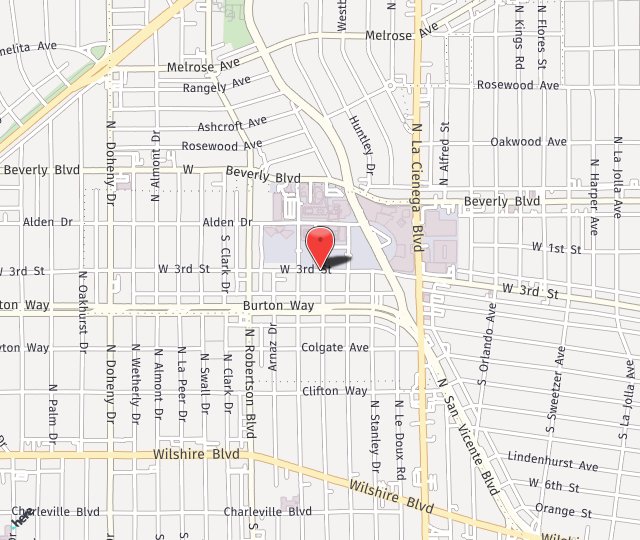Common Peroneal Nerve Entrapment
- Posted on: Jul 15 2018

Although the knee may seem as if it is a larger area than some of those other sites, on the outside of the knee there is one of those passageways, called the fibular tunnel. When this fibrous passageway narrows, it can compress the nerve. This is known as peroneal nerve entrapment and it can lead to pain, numbness, and tingling on the top of the foot, among other problems.
Dr. Seruya has with various approaches to ease the pain, but sometimes the condition calls for fibular tunnel release. Dr. Seruya has extensive experience with this procedure.
Where is the fibular nerve?
The fibular tunnel holds the common peroneal (fibular) nerve. This is one of the two major nerves that serve the leg and foot. The peroneal nerve is responsible for sensation to the top of the foot, and it controls the muscles that lift the ankle and straighten the toes.
What causes the fibular tunnel to narrow?
A history of knee sprains or other trauma can lead to swelling in the fibrous passageway, creating compression on the peroneal nerve. Other conditions that can cause this are diabetes and arthritis. If the pressure becomes enough, the outer lining of the nerve, the myelin, can become damaged. When this happens, scar tissue replaces the lining. This is a problem because myelin is critical in speeding the transmission of electrical signals to the muscle to initiate contractions, or from the skin to the brain to produce feeling. When scar tissue replaces myelin, transmission of the electrical signals slows.
How do I know if I have common peroneal nerve entrapment?
Symptoms are not instant, but develop with increasing compression. The patient begins to experience pain, numbness, and tingling on the top of the foot. Because of this, the person can injure the top of the foot repeatedly. If the compression is allowed to continue, the patient may experience weakness and a foot drop that can be misinterpreted as simple clumsiness. Symptoms of nerve entrapment may worsen with prolonged standing, walking, exercising, or during sleep.
How is common peroneal nerve entrapment treated?
Initial treatments are conservative: rest, splinting the ankle in a neutral position, non steroidal anti-inflammatory drugs, changes in diet and exercise in obese patients, and glucose control in diabetics.
If these measures aren’t successful, Dr. Seruya may recommend a fibular tunnel release. For this surgery, he makes a small incision along the outer side of the knee. The surgery works to provide space for the nerve and its blood supply, allowing it to regenerate. Recovery from this surgery is not overly difficult.
If you have any symptoms of this nerve entrapment, call Dr. Seruya at (310) 423-2129 to make an appointment.
Posted in: Common Peroneal Nerve Entrapment

